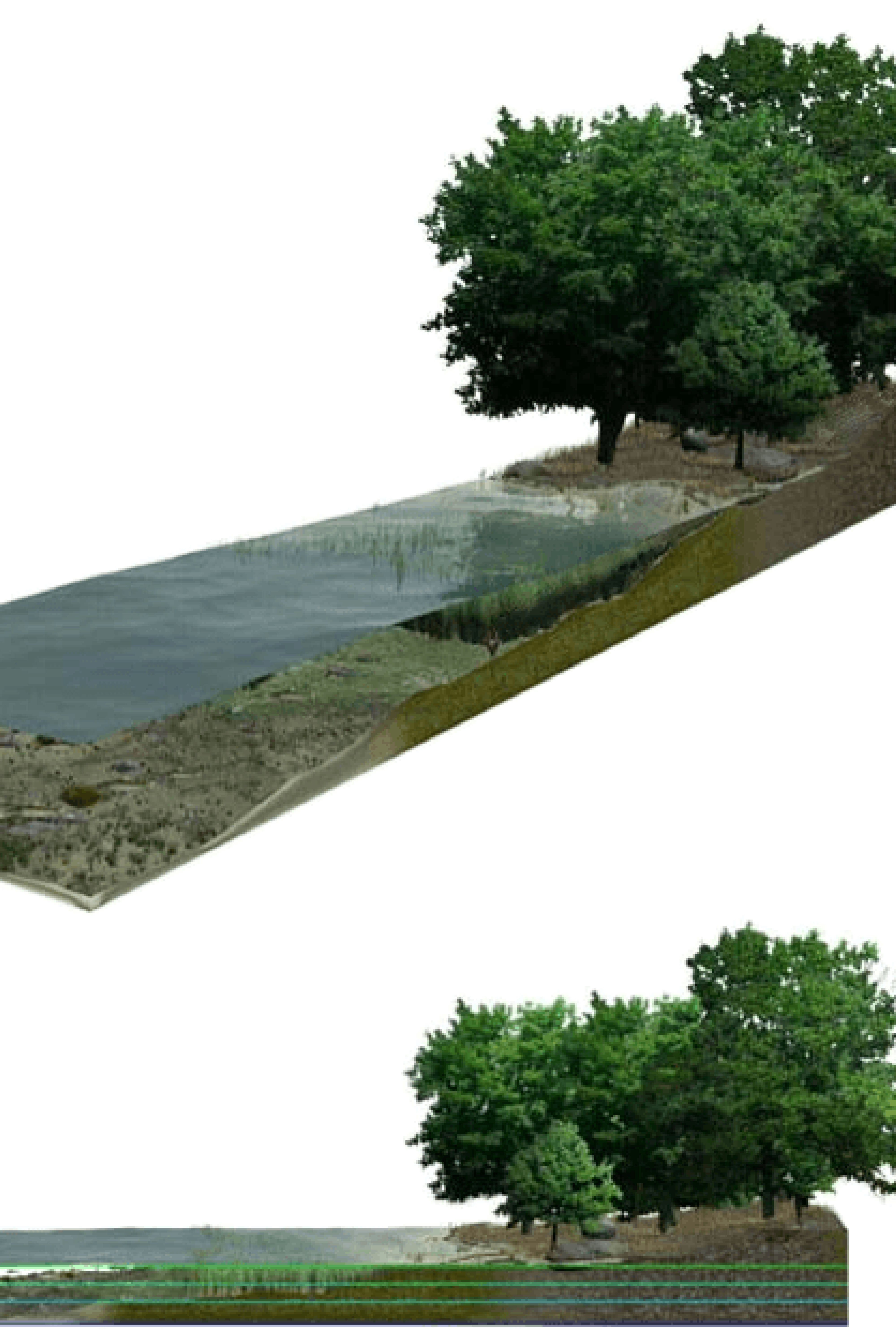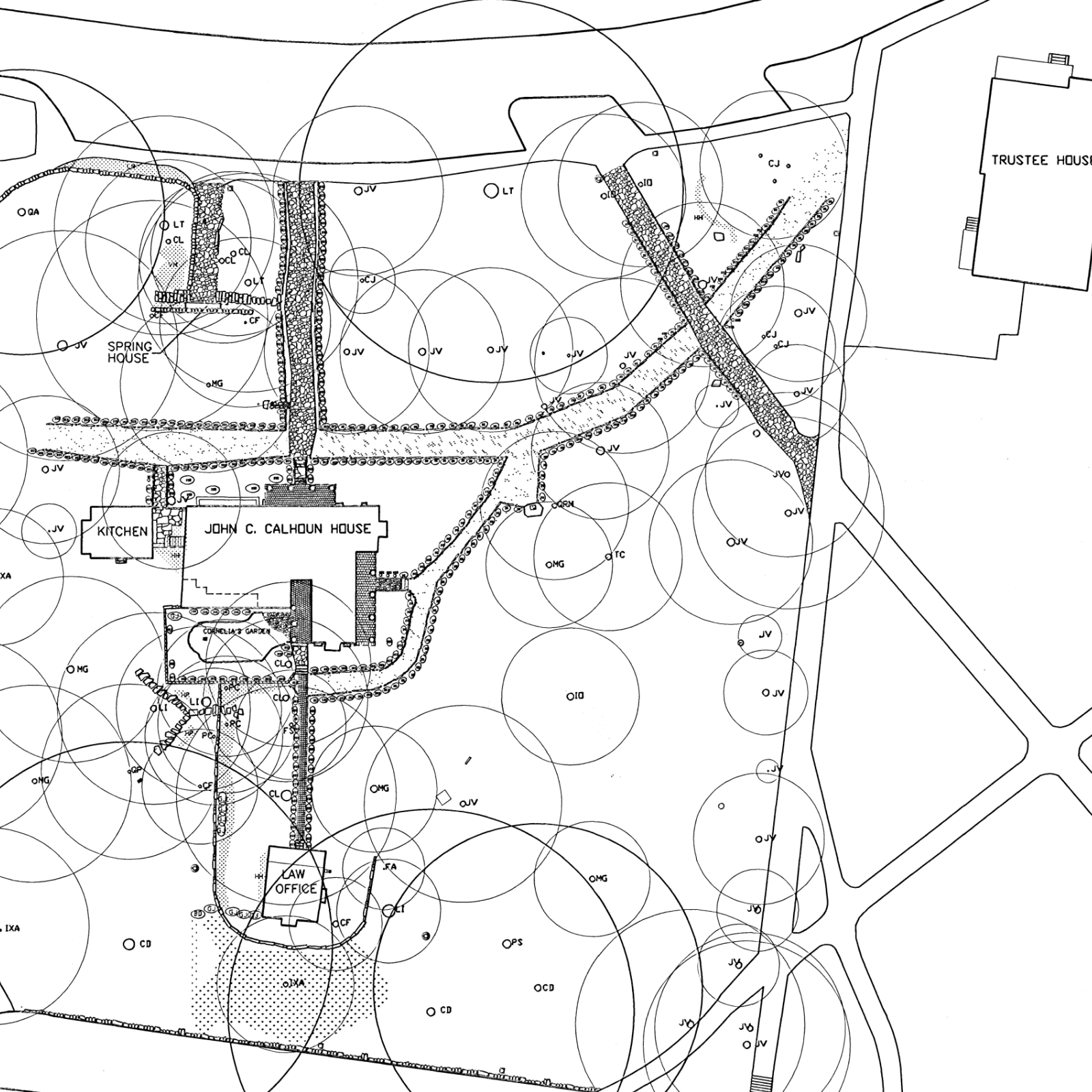Supporting biodiversity is becoming an increasingly urgent focus of design research practice. With many ecosystems and species in decline, human interdependence on natural systems is ever more exposed. Where once this might have been viewed in terms of the depletion of natural ‘resources’, it is now understood more holistically as sustaining the often overlooked systems that make the planet liveable. Designers – who are often bound to globalised industrial systems based on extractivism, carbon emissions and waste – are increasingly seeking to reverse their impact by focusing on biodiversity and regenerative forms of practice.
Future Observatory is delighted, then, to welcome this new cohort of researchers and their partners to our programme, responding to 2024’s theme of biodiversity. The researchers span a broad range of disciplines and approaches, such as creating biodiverse green spaces in prisons, diversifying material sources for the circular textiles economy, or studying bio-based materials such as human hair.
These projects began in February 2024 and will last six to twelve months. Read on for brief introductions to this round of DEP projects.
Designing a bio-sensitive visualisation for saltmarsh conservation
Led by Andrew Wodehouse and Konstantinos Petrakis at the University of Strathclyde with Siskin Asset Management Ltd.
Siskin Asset Management Limited (SAML) developed a coastal protection system that uses sustainable and natural materials anchored on shorelines. This system captures mobile sediment and promotes the existing coast's re-vegetation to increase erosion resilience to climate change. In collaboration with the University of Strathclyde, the project’s next phase will accurately measure and monitor biodiversity over time by employing human-centred design techniques that support the specification, generation, and evaluation of a Biodiversity Digital Twin (BioDT).
Designing safe and biodiverse green spaces in prisons
Led by Dominique Moran and Emma Collett at the University of Birmingham with Ministry of Justice and Kier Construction
In this project, researchers from the University of Birmingham will work with the Ministry of Justice and a prison-building contractor, Kier Construction, to design a 'Guide for Green Spaces' that could be scaled-up in prisons nationwide and globally. This guide will directly enhance biodiversity across a significant proportion of public estate and the wellbeing of those who live and work in prisons.
Encouraging care for biodiversity through curated landscapes: community art and citizen science
Led by Elisa Olivares Esquivel and Simone Farris at the University of Sheffield with The Green Estate
This collaboration between Green Estate, local communities and the University of Sheffield will co-design green spaces with meadow turfs. Together, they will measure the effectiveness of turfs in supporting pollinators, comparing the UK native plants with a mix of native and non-native species. Through art activities and citizen participation, the project will increase the engagement of communities with biodiversity, developing a sense of care for urban nature.
Future Fashion Landscapes: Fostering biodiversity through collaborations between farmers, designers, and processors of native and rare breed wool
Led by Sandy Black and Mila Burcikova at University of the Arts London with Southeast and Southwest England Fibreshed
This partnership between the Centre for Sustainable Fashion, UAL and Southeast and Southwest England's Fibreshed will support the Fibreshed's mission to revalue the UK wool. The project will explore short, transparent bioregional fibres and fashion supply networks nationwide to address one of the key barriers (such as engagement) to bioregional fibres, textile ecosystems and economies.
HAIRCYCLE: a pilot study to explore and test regenerative, local, bio-based and circular models for human hair waste
Led by Rosie Hornbuckle and Sanne Visser at University of the Arts London (UAL) with London Borough of Newham
Researchers at UAL aim to shift perspectives on biowaste and circular materials to support biodiversity in the local context. The team will work with the London Borough of Newham to test new methods for collecting, recycling, and regenerating human hair waste. The project will consider the regional needs for hairdressing practices alongside the Council's Reduction and Recycling Plan to combat waste.
Make Space for BEES
Led by Katherine Willis and Ashita Gupta at the University of Plymouth with Pollenize
The University of Plymouth and Pollenize will develop innovative solutions to address specific biodiversity challenges, such as nature recovery through rewilding tools that empower young people and supports pollinator habitats. The place-based collaboration with Pollenize and young people (through five secondary schools in Cornwall) will create digital tools and engagement materials that could be used nationwide.
New Composites: Diversifying material sources in a circular textile economy
Led by Kate Goldsworthy and Laetitia Forst at University of the Arts London with Circular Textiles Foundation, Coléchi, Salt and ReWeave
The New Composites project will increase the understanding of circularity in bio-based and recycled fibres to encourage fibre diversity across the textiles industry. In this project, UAL and the Circular Textiles Foundation will address the need for more information on the composition, production processes and recyclability of alternative fibres and yarns and provide recommendations for their use based on recycling parameters.
Reusable period products supporting the UK human and natural environment for health and wellbeing
Led by Angela Davies, Edward Smith and Kay Radford at the De Montfort University with Femme Tasse, British Wool (British Wool Marketing Board), Shibori Ltd, Welsh government (Period Dignity) and Basic Premier Ltd
This project will develop reusable period pants using UK sourced fibres, such as wool, flax and hemp to support biodiversity and British farming. The project aims to create a biodegradable product that does not contribute to waste at the end of life and ideally gives back to the environment.
Sonorous Landscapes: Using sound and urban design methods to capture and communicate biodiversity in an urban forest
Led by Nick Dunn and Rupert Griffiths at the Lancaster University with Slough Borough Council
Sonorous Landscapes will design and test new methods that capture, interpret, and communicate sound to create accessible and intuitive archives of unfolding bioacoustics events. Integrating sound with changing light and temperature data over extended periods, the project will deliver ground-breaking research for measuring and experiencing biodiversity, particularly in urban reforestation and rewilding initiatives.
These nine projects are part of the Design Exchange Partnerships scheme, funded by the Arts and Humanities Research Council and coordinated by the Design Museum's national research programme, Future Observatory: Design the Green Transition.
Future Observatory is pleased to pre-announce the next round of funding for the Design Exchange Partnerships, applications will open on the 2nd May 2024.




